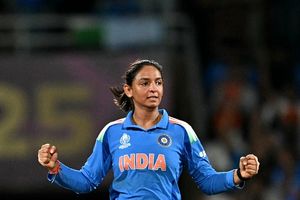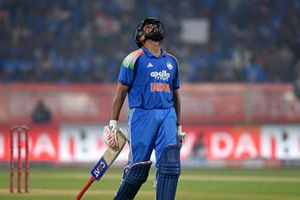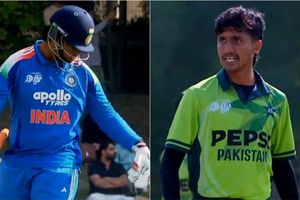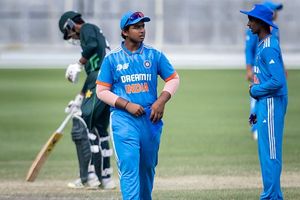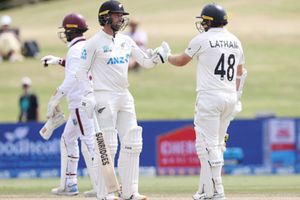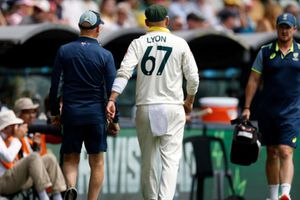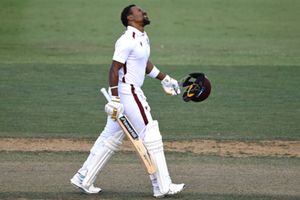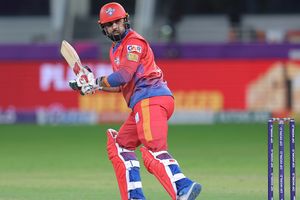In One-Day Internationals (ODIs), the International Cricket Council (ICC) is considering doing away with the two new balls. The change is intended to give bowlers more momentum by enabling reverse swing, although it is not a complete departure from the current Playing Conditions (PCs). The international organization is also looking into the possibility of holding the Under-19 international Cup for men in the T20 format and is thinking about implementing in-game clocks in Test matches to control the slow over rates.
As per the Cricbuzz report, it is believed that the ICC Cricket Committee recommended the decision to phase out the second new ball in the ODIs. Only one ball may be used after the 25-over mark, but the bowling sides may begin with two fresh balls. It would be up to the bowling side to decide which of the two balls to use next. The ICC is attempting to restore the possibility of reverse swing, which is impossible when the ball retains its shine, rather than completely reversing the two-ball rule in the PCs.
Sachin Tendulkar has called the two-ball rule a prescription for disaster, and many other experts have also been criticizing it. Because each ball is not given enough time to age sufficiently to reverse, using two new balls in a single day of cricket is a surefire way to end badly. Reverse swing, a crucial component of the death overs, has not been seen in a while," Tendulkar famously stated in a social media post a few years back. Since then, he has been arguing for bat-ball balance in ODIs, which he believes is tilted significantly in favor of the batsmen.
ALSO READ: After Kane Williamson, another international star opts out of Pakistan Super League 2025
Brett Lee had even publicly endorsed Tendulkar's claim. It looks like the Cricket Committee, led by Sourav Ganguly, has done its research. In the past, umpires had to change the white ball in the middle of innings because it would frequently get deformed or discolored by the 35th over. By the time 50 overs have been bowled, the ball used would be no more than 37 or 38 overs old under the proposed new rule. At the moment, each ball lasts for 25 overs since two balls are being operated concurrently from either end of the wicket. It is anticipated that the suggestion will be covered at the current ICC sessions in Zimbabwe.
The clocks in the playing conditions for Test matches should have a maximum of 60 seconds between each over, according to the second significant rule under review. In the white ball configuration, clocks are already in use, and it seems that some progress has been made in getting the games finished sooner than previously. During Test matches, the Cricket Committee aims to finish 90 overs in a single day.
Administrators of international cricket are also considering moving the Under-19 World Cup to the Twenty20 format. Some argue that the women's Under-19 World Cup is already played in the T20 format, despite the fact that others think the junior World Cup should continue to be a 50-over competition. There have already been two Under-19 Women's World Cups, both in the T20 format, in 2023 (South Africa) and 2025 (Malaysia). However, any modifications would only be implemented starting with the upcoming broadcast cycle, which begins in 2028.
ADVERTISEMENT


